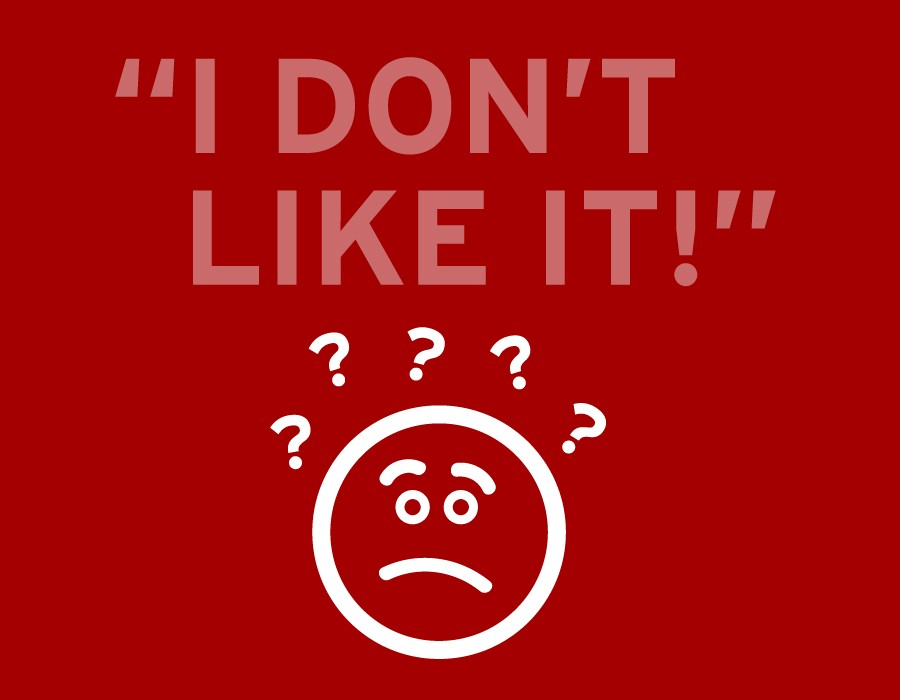
25 Jul How to give constructive feedback to your designer.
Every form of art or design has some kind of element of communication. You know your brand better than anyone, and communicating how you would like your designer to capture the message of your brand can sometimes be frustrating. When working with a designer often the simple feedback is just that “my message isn’t being conveyed correctly”, but how do you specify what about the design is not on point? The key to working with a designer and getting a creative and beautiful design is constructive feedback, because solely saying “I don’t like it” is really going to make the process frustrating for everyone.
It could be a logo, ad, website, package design, or any other kind of marketing materials that you are having created to support your brand, but that is not quite meeting your brand standards. When this happens there are few steps you can take to help move the designer in the right direction. First, make sure you were given plenty of initial mock-ups or even quick sketches. This way, you can see the creative process the designer is working through and see if they are on track. If there are no initial mock-ups to be seen, the designer can spend a lot of work and time creating a design that in the end you will not like. Out of all of the mock-ups you may have a favorite that can help eliminate other designs and allow the designer to focus on what you like.
If you see the initial design or even later versions and decide they are far off from what you were expecting, or envisioned in your mind, it is important to hone in on what it is about the design you do not like. Clear communication and constructive feedback is going to help reduce the project timeline and the amount of frustration on both sides. Is it the typography, does the lettering not give the right feeling that your brand has? It may be not fun enough or not modern enough. Different typefaces give off a different feeling and emotion and often changing the type can be a simple, but dramatic improvement in the design. Maybe there is not enough white space, or lack of color? Or the color is too muted or too vibrant? What about the icon, or supporting imagery in the design? If it is a logo, maybe the icon is too complex, or too abstract. Ask yourself if the design is easy to read and comprehend, because this is the most important aspect. As always, simpler is better, so it could be that the designer was overwhelmed by the project brief and is trying to fit too many concepts in one design. All of these considerations can help you and your designer effectively communicate where the design stands and where to go next.